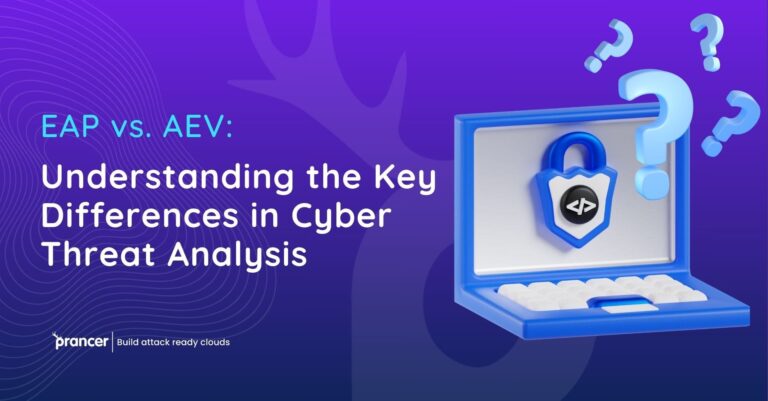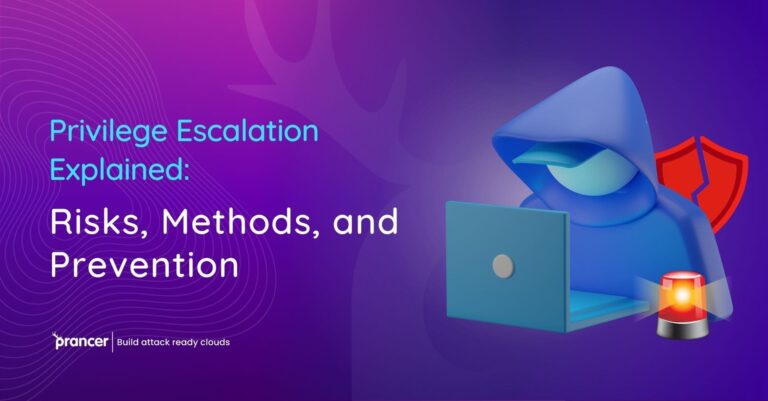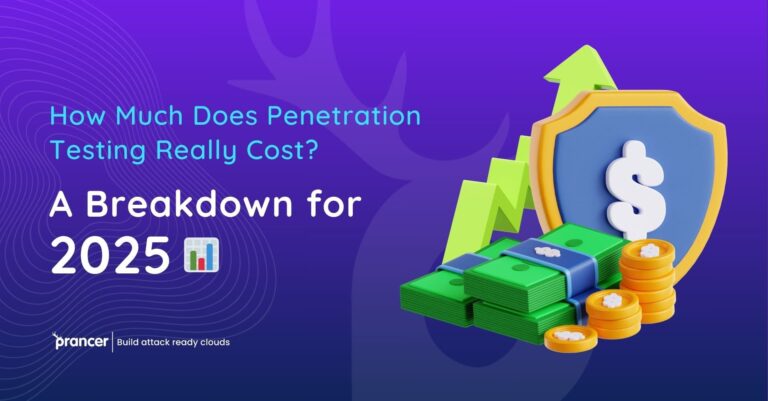Nowadays, financial organizations have been targeted by cyber threats more than ever. What is important to know is that since technology is advancing, and hence are the techniques used by hackers in gaining unauthorized access to various computer networks and systems to steal information. This is where penetration testing for finance comes in handy. It is a critical component of protecting banks from possible cyber threats. In this article, you will be able to find out what penetration testing is, why it is important and how it works with the help of Prancer for financial institutions to avoid possible threats.
Introduction: What is the Penetration Testing for the Finance Industry?
Penetration testing, also known as ethical hacking, involves testing of an organization’s IT system, network or an application with the aim of exposing possible weaknesses. In the finance sector, penetration testing for finance is critical because it is a sensitive area that involves handling people’s money. It means that through addressing the existing security vulnerabilities at this stage, the financial institutions can avoid expensive breaches and retain customers’ confidence.
The use of penetration testing is important since it provides a realistic view of an organization’s security stance. Not only does it show you where your protective barriers are most robust, but also where they could easily be broken down. Some of the benefits of penetration testing include; Firstly, through the routine use of penetration testing, companies can be on the lookout for new threats and guarantee that their systems are secure.
Why is penetration testing important in the industry of finance?
This is the case because the finance industry is one of the most vulnerable to cyber-attacks. An example is where a financial institution is attacked; an attacker will be able to steal people’s identity and their financial information, which can lead to a lot of loss of money besides damaging the reputation of the affected institution. Perhaps, penetration testing for finance carried out periodically makes it possible to identify the weak points which can be used by hackers, thus protecting the data. To counter such threats, Prancer, an expert in cybersecurity, provides institutions with penetration testing services – financial focused.
The Different Methodologies of Penetration Testing for Finance
There are several types of penetration testing that financial institutions can adopt based on their needs: There are several types of penetration testing that financial institutions can adopt based on their needs:
- External Testing: Analyzes the external-facing systems such as websites and apps for the identification of the vulnerabilities which are reachable from outside.
- Internal Testing: Imitates a threat from inside the organization, often by an insider or someone who has access to the internal network.
- Web Application Testing: Directs financial web applications to be protected from known threats.
- Wireless Network Testing: Aims at assessing the level of security of wireless networks employed in financial institutions.
All these are well provided for by Prancer, and every possible loophole in the financial systems is well and thoroughly checked.
Penetration testing is strategic, and target oriented in the sense that it seeks to discover certain gaps. It is the same as employing an intruder to burglar a fort to establish vulnerable areas. On the other hand, a security audit is more planned to evaluate if the security plans, policies, and measures of the above mentioned ‘fortress’ are adequate to guard it against threats. Both are important, but both are focused on different aspects of security.
How Prancer Supporting the Financial Penetration Testing
It can be said that Prancer is an important element in boosting the security of financial institutions. As a penetration testing company with focus in finance, Prancer enables organizations to identify their vulnerabilities and advises on how best to prevent such incidents. Some of the services they offer are constant testing and real time monitoring to make sure that threats that may be looming are well detected and neutralized before they affect the system.
The Processes Used in Penetration Testing for Finance
- Planning and Reconnaissance: This phase requires collection of information about the target system to discover inherent weaknesses.
- Scanning: This is done in this step where the testers perform audits using tools to identify the system’s vulnerability.
- Gaining Access: Ethical hackers seek to test the vulnerabilities exposed in the scanning phase of the network or system.
- Maintaining Access: The tester decides if he/she can come into the system without being noticed.
- Analysis and Reporting: Finally, information gathered is summarized into a report inclusive of recommendations for redress.
This is so because Prancer’s penetration testing services for finance are systematic to leave no room for the risks to go unnoticed.
Ready to see our solutions in action? Book a demo with Prancer today
Potential weakness with financial systems
Some common vulnerabilities that penetration testing for finance aims to identify include: Some common vulnerabilities that penetration testing for finance aims to identify include:
- Weak authentication mechanisms: These can result in providing access to other people to high financial information security.
- Outdated software: The systems may remain at the mercy of known vulnerabilities if there is no update on the software used.
- Insecure APIs: APIs are widely used by financial institutions and when they are not secured, they become vulnerable to cybercriminals.
It assists financial institutions to overcome these vulnerabilities before they can be exploited.
Cybersecurity threats and real-life scenario involving Financial Industry
Cyber attackers have targeted financial institutions over the years with increased frequency. A well-documented example is the SWIFT system of the Bangladesh Bank which was attacked in 2016 and $81 million stolen. Such incidents show that finance requires penetration testing at least once every year to avoid such occurrences.
Major advantages of Penetration Testing for Finance
Engaging in penetration testing for finance offers several key benefits: Engaging in penetration testing for finance offers several key benefits:
- Risk Identification: It assists in the assessment of risk early and before they are leveraged.
- Improved Security: This is important in preventing any relaxations in security measures as hackers can exploit such weaknesses.
- Compliance: Some regulations demand that the financial institutions conduct penetration testing periodically.
The company can guarantee that its clients’ systems are protected and compliance with industry standards is achieved through Prancer.
Regulatory Compliance and Penetration Testing
Some of the compliance requirements of the financial institutions include PCI DSS and SOX which require penetration testing to be carried out periodically. Prancer thus ensures that institutions are compliant especially by offering a robust testing regime that does not compromise with the set regulations.
How Frequently Must Financial Institutions Undergo Penetration Testing?
This can be in the form of penetration testing, and penetration testing should not be a one-time affair. Financial institutions should adopt practice penetration tests for finance, preferably on an annual or semi-annual basis. Furthermore, testing is also performed where there is a major change to the system, for instance, new software, or new infrastructure. Prancer stresses the need to conduct the testing continuously to enhance security.
Conclusion: Protecting the Future of Financial Industry
This paper reveals that the finance sector is more cyber security threats in an environment that is becoming more digital. Finance penetration testing is critical, helping identify weaknesses in this area and how to protect such sensitive financial data. Through the penetration testing services, Prancer has assisted the financial institutions in attaining security to counter the increasing cases of cybercriminals which makes the financial systems secure for future use.




